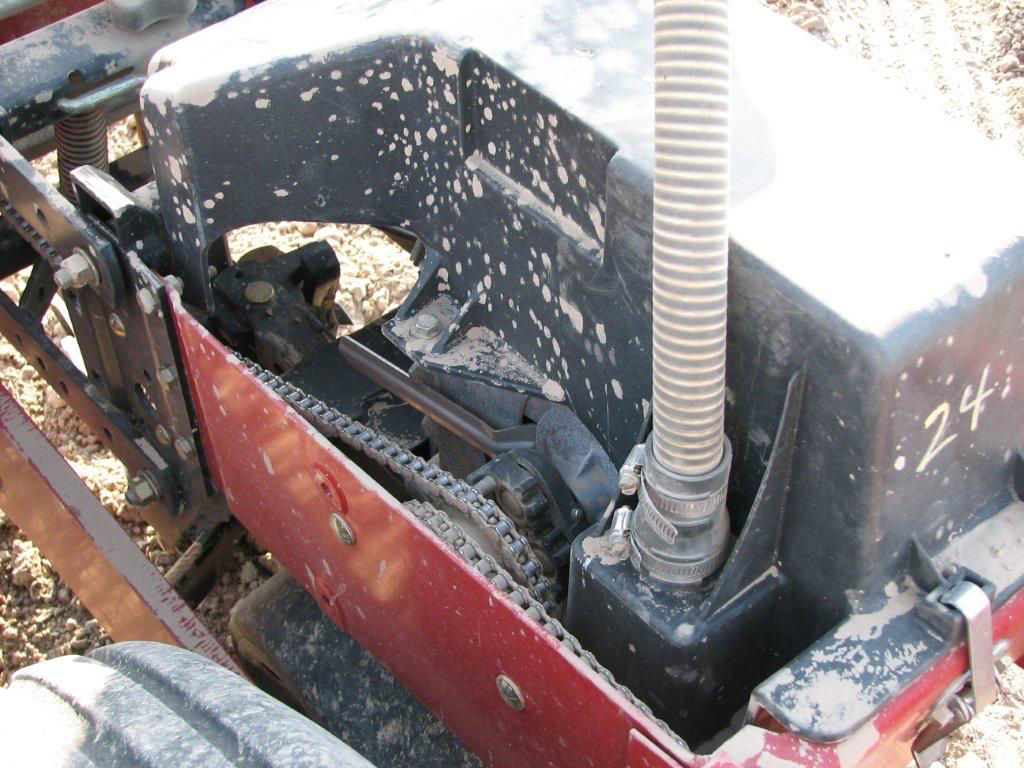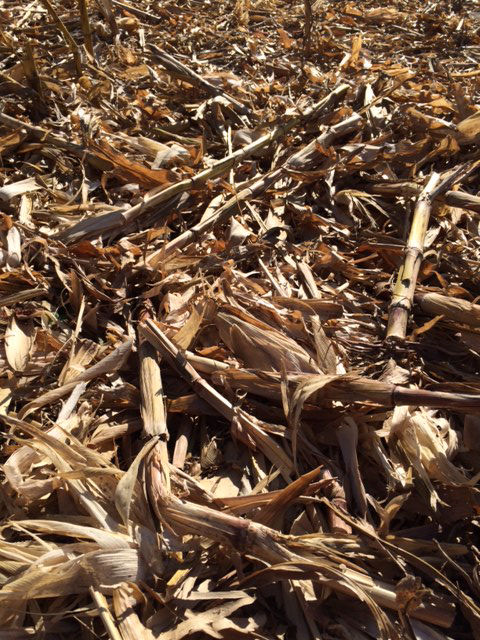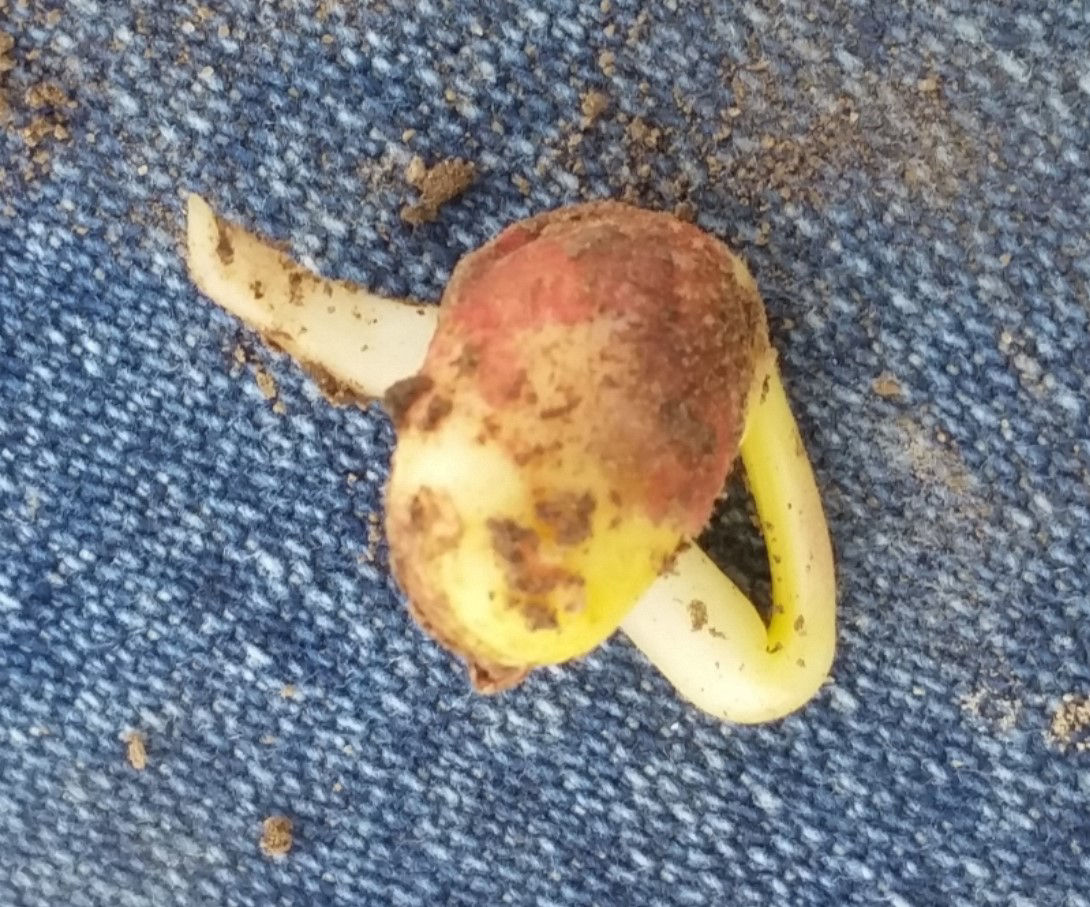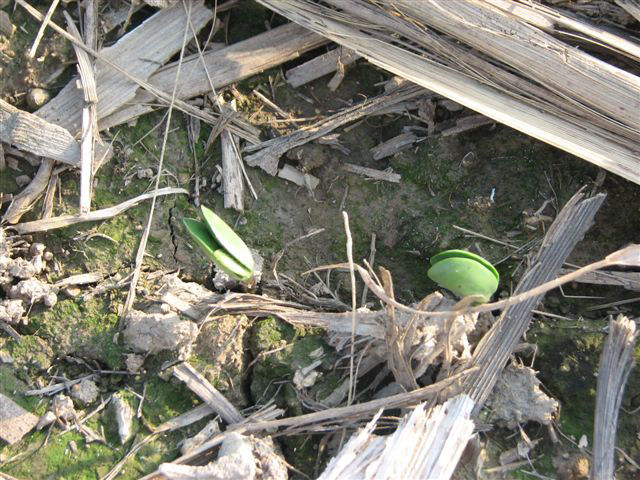Determining Seeding Rates
An important step is to make a note of the seed size, seeds per pound, seed treatments, germination percentage, and any specific planting recommendations. This information can be used to set the planting equipment for the desired seeding rate. The germination percentage helps to determine the proper seeding rate.
University research has shown that final soybean stands of 100,000 plants/acre can help maximize yield potential and profitability.1,2,3 In less productive fields or low-producing areas within fields, the final stand may need to be around 135,000 plants/acre.1,2 It is highly unlikely that every emerged seedling will become a mature harvestable plant; on average the survival rate is 85%.3 The survival rate is variable and is a function of field and environmental conditions, planting depth, soil type, individual seed product, and planting date.
To determine an estimated seeding rate, use the germination percentage on the tag and an expectation for survival. For example, if the tag shows 90% germination, and 85% is used as the expected survival rate, multiply the two percentages (0.90 x 0.85 = 0.765). Divide the desired final stand (100,000 plants/acre) by the percentage factor (0.765): 100,000/0.765 = a seeding rate of 130,719 seeds/acre.
Under most conditions, seed size has no impact on germination, vigor, or yield potential; however, large seed may have better emergence when planted deeper than desired, as large seeds have a greater amount of stored energy.4 In general, soybean seed should be planted at a depth of 1 to 1.5 inches.
What is the Optimum Soil Temperature for Planting Soybean Seeds?
Soybean seed can germinate at a soil temperature of 54°F; however, 60°F is optimal.5 Placing seed into soils with temperatures below 60°F increases seed vulnerability to disease, insect feeding, and delayed emergence. Insect and disease prevalence may be higher in fields with heavy residue because insects are protected, soils can be cooler and moister, and some pathogens overwinter in crop debris (Figure 2). Seed treatments can help protect the seed from insects and seed and seedling diseases. Based on the treatment, seeding rates may be reduced because more seeds are likely to become established plants.




